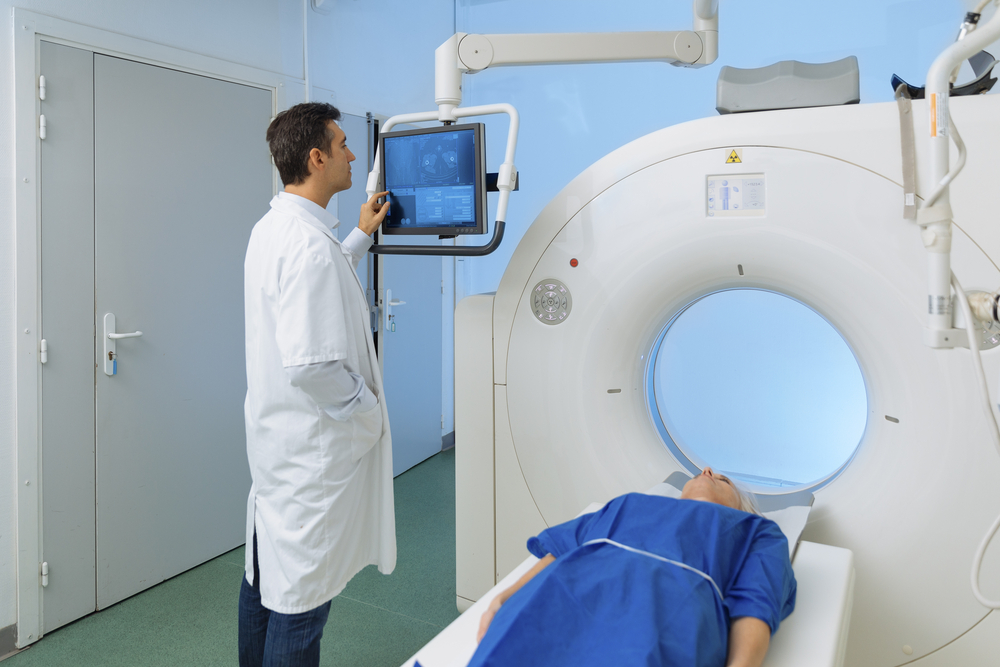Case Report Suggests Radiotherapy as Treatment for Patients with Bone Involvement Sarcoidosis
Written by |

Radiotherapy may be useful for the control of sarcoidosis associated with bone involvement, according to a recent case report.
“Emergency Radiotherapy for Spinal Cord Compression” was published in the journal Internal Medicine, a Japanese publication, and reports the case of a 68-year-old man complaining of right shoulder pain with numbness who was referred to the hospital.
Computed tomography scans revealed the man had systemic lymphadenopathy — a condition affecting the lymph nodes in which they are abnormal in size, number, or consistency — and several bone lesions.
Further testing showed an increase in the levels of the inflammatory molecule sIL-2R.
Physicians suspected the man had malignant lymphoma, so they initiated urgent radiotherapy.
The team found the patient had a bone lesion on C7, a segment of the spinal cord. Through a technique called fluorodeoxyglucose-positron emission tomography (FDG-PET), which helps determine metabolically active malignant lesions, researchers found an increased metabolic uptake at the lesion. Biopsy of a lymph node, however, revealed a diagnosis of sarcoidosis.
Sarcoidosis can be very difficult to diagnose correctly. Bone involvement in sarcoidosis is rare, being only reported in 1 to 13 percent of patients. When it occurs, it usually affects the bones of the hands or the toes, and rarely affects the spine.
Therefore, the diagnosis of sarcoidosis in this case was difficult, because there were no bone injuries in the hands or toes.
Despite the fact that radiotherapy was initiated for the treatment of the incorrect diagnosis of malignant lymphoma, physicians found that radiotherapy successfully reduced the size of the C7 lesion and resolved the patient’s symptoms.
“If we had been able to make the diagnosis earlier, then radiotherapy would have been discontinued and switched to systemic corticosteroid therapy” the researchers wrote.
To date, there are a limited number of reports that detail using radiotherapy to treat neurosarcoidosis. According to the team, this is the first report to describe the successful control of a case of bone involvement in sarcoidosis using radiotherapy.
“Sarcoidosis should be considered in the differential diagnosis of systemic lymphadenopathy with bone lesions,” the team concluded, adding that “the present case suggested that radiotherapy might be useful for the local control of bone sarcoidosis which compresses the surrounding organs.”





